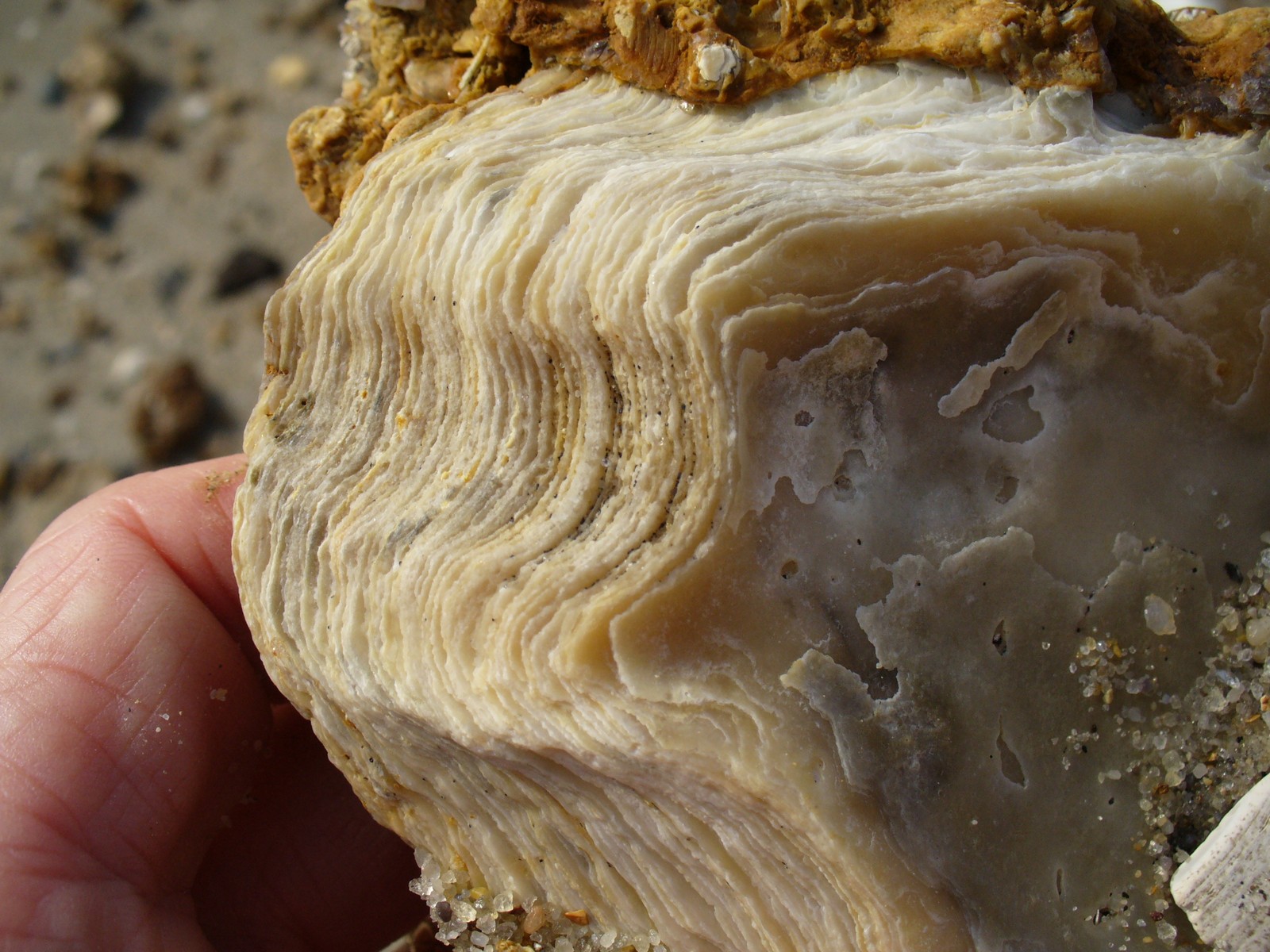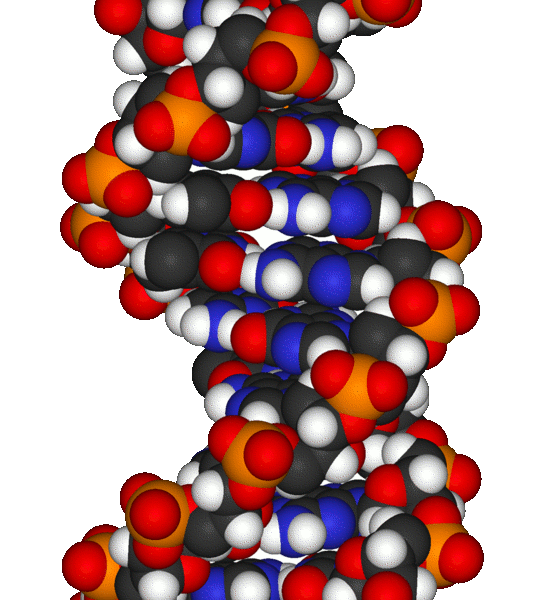Discovering New Viruses
Interview with
Jane - Hi. I'm Jane Arthur and I work at the Institute of Medical and Veterinary Science in Adelaide. And I do studies on what causes gastroenteritis in kids. And so, the kids that are coming to hospital that the parents are sick of vomiting and pooping all over the house and they bring them to the hospital and say, "What's wrong with my child?" And for many years, there's been a huge gap in our diagnostics. So there are some bacteria that we know about. There's rotavirus that we all know about. But when you actually look at the studies, about 60% of kids that are turning up at a hospital aren't getting diagnosed. And so, we decided what we would do is try and work out ways of getting more sensitive diagnostics and look for more viruses that were probably out there causing gastro.
Chris - So in addition to bacteria, lots of people have heard of say, E. coli or salmonella as bacterial causes of food poisoning, viruses are big players too then?
Jane - Yes, they are and particularly the norovirus. That's the big one that' been around particularly in the last few years. There's been lots and lots of outbreaks with norovirus and it can come through food poisoning, contamination as the people are cooking it or the classic is through oysters that have been from areas where there's faeces going into the sea and they just filter it out, and hang on to it until you eat it.
Chris - And what you're saying is that that accounts for a proportion of the ones we know about, but there are a lot of unknowns in there. You found two new ones. How?
 Jane - Poo is basically DNA soup. So we filtered down to the level where we'd actually just get viruses. Then we concentrated them down by spinning them really hard. And then in that, we then popped open the virus shells and pulled out the nucleic acid and amplified that up. And then tried to work out what they were.
Jane - Poo is basically DNA soup. So we filtered down to the level where we'd actually just get viruses. Then we concentrated them down by spinning them really hard. And then in that, we then popped open the virus shells and pulled out the nucleic acid and amplified that up. And then tried to work out what they were.
Chris - It's probably about 30 or 40 years since someone last discovered a new virus that causes gastroenteritis. Why has it taken so long?
Jane - It's really hard. I mean, if you don't know what you're looking for, to be able to pull out the genetic information from a soup of DNA and RNA that comes from plants and animals, and the gut bacteria, it's very difficult. So it's taken this amount of time for the molecular techniques in the lab to be able to get to the point where it's actually possible.
Chris - What proportion of the cases is the two new ones you've discovered?
Jane - Well the two new ones we've discovered, the most important one is the human bocavirus 2 and that's about 17%, maybe 10 to 17% depending on the year. The other one is human bocavirus 3 and that one we don't know. That's about 3%, but it's also present a lot of the time in children that don't have gastro. So, we haven't actually formed a link there.
Chris - So what else is lurking out there then?
Jane - Quite a lot because even when we found this virus and we went back and analysed our study, we founded it at 17% in one particular year. But even then, it's still only accounting for about 10% of the 30% that was missing. So there could be at least three or four, maybe even 10 other agents out there.
Chris - And it's not just in Australia?
Jane - No. This is all over the world. Other people have now found the human bocavirus in Pakistan and in the UK, and America.
Chris - So now you know this, are we in a position to do anything about it?
Jane - At the moment, no. But we've been working on a way of making the coat from the virus and hopefully, we'll be able to - in the future, be able to use that as a vaccine. There's a related virus in dogs that they use exactly that thing to protect the dogs against, so a canine-type of virus.
Chris - So now you've got the genetic sequence, what you're saying is you can borrow bits of the surface of the virus to make it into a vaccine.
Jane - Yes. Well this virus is actually quite clever because the proteins, the molecules that make up the code, you don't actually need the rest of the virus there. If you just take that out and put it in a system where you can get large amounts of it made, they spontaneously form up to these little hexagons and generate virus particles. And so, you get the whole effect of the virus particle when you do the vaccination rather than just a little bit of it.
Chris - And they're not harmful?
Jane - No, not as far as we're aware. No. What's been going on in dogs has been perfectly acceptable. So who knows? Maybe we'll be able to have vaccine out against these. I mean, the rotavirus vaccine has been wonderfully protective here in Australia. So maybe we'll be able to knock this on the head too.









Comments
Add a comment